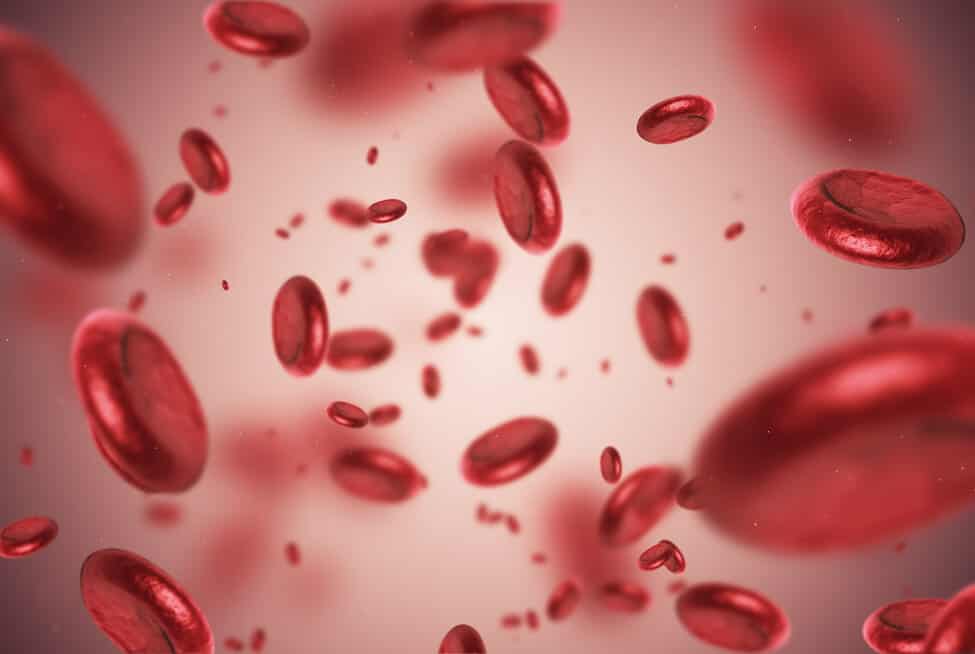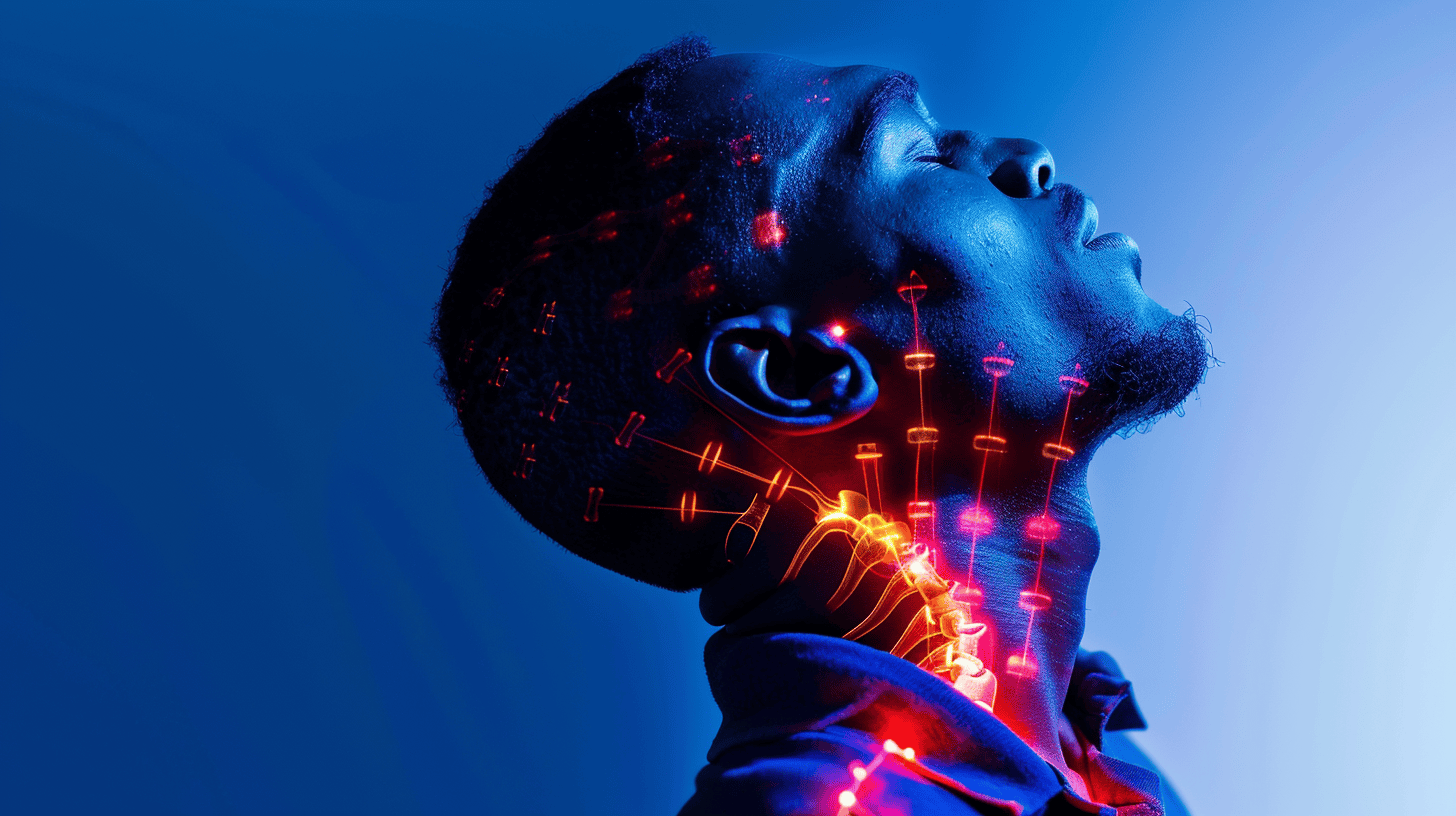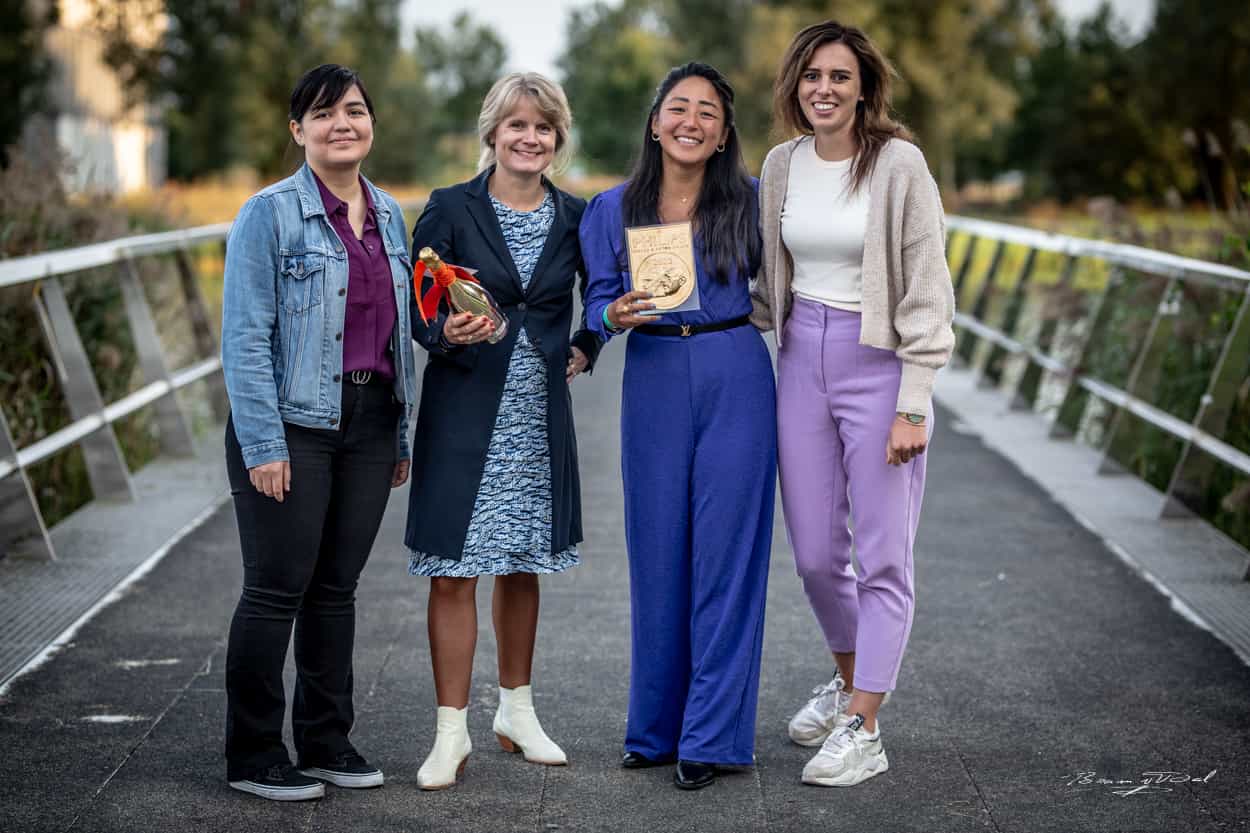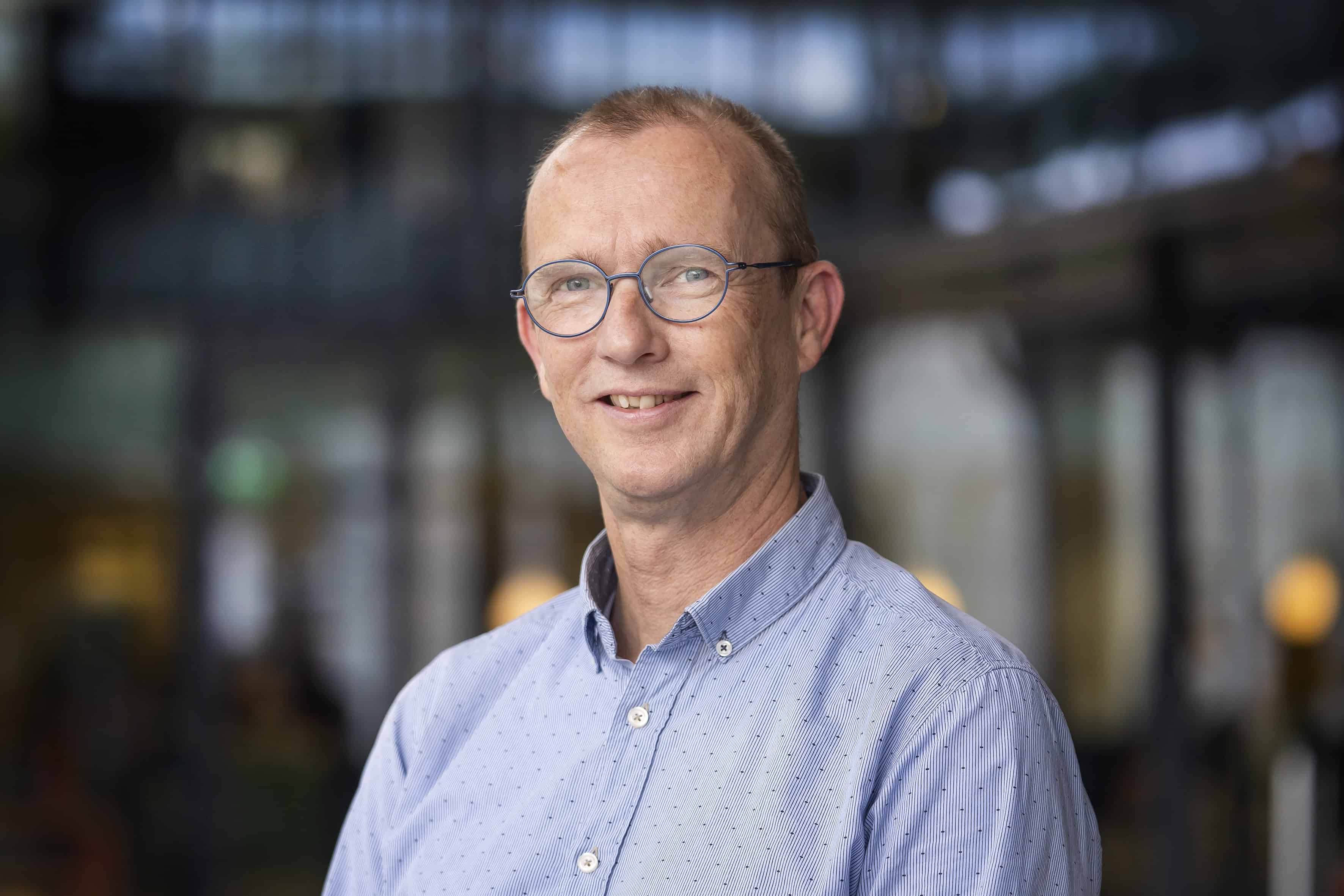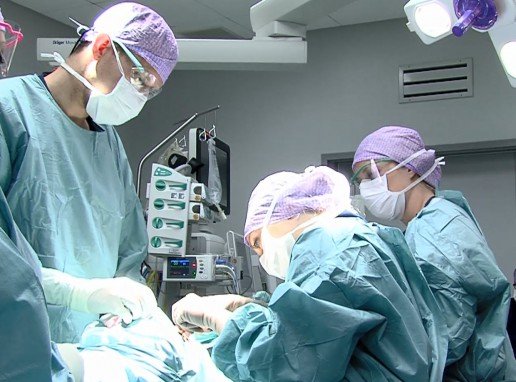
About 15,000 women are diagnosed with breast cancer every year, a common side effect of the treatment is lymphedema. About 7% to 49% of women develop this chronic condition in which fluids build up. Currently, women are treated with pressure socks and arm massages, which reduces the symptoms, but they do not cure. Together with the Radboud University Centre in Nijmegen, Maastricht UMC+ is researching a better treatment method to improve the quality of life of patients. To this end, the parties receive a subsidy from ZonMw, which is partly commissioned by the Ministry of Health, Welfare and Sport (VWS) to stimulate healthcare innovations. ZonMw does not make any statements about the amount of money.
A promising new treatment technique is the so-called lympho-venous anastomosis (LVA) where one or more connections are made between lymph vessels and small blood vessels by microsurgical intervention. As a result, fluid is removed and the swelling decreases, so that women experience an improvement in the quality of life. This is shown by doctoral research by Anouk Cornelissen. Her results show that 90% of the patients studied with this new treatment method experience, that the quality of life improves. Cornelissen: “It is now a relatively small group of twenty women, so it is important that we can now follow a larger group for a longer period of time.” The study will last until 2022 and is led by Dr S.S. Qiu Shao in Maastricht. Stefania Tuinder, a Plastic Surgeon at the UMC+ Maastricht and co-supervisor of the thesis, is pleased with the subsidy: “Based on these results, a large-scale study is now planned, to which several hospitals will contribute. The fact that the government is funding the follow-up research underlines the social importance of these results.”
Cornelissen’s research revealed another treatment method that improves the quality of life of women who have had breast cancer treatment. “A common side effect of a breast prosthesis as a treatment for breast cancer is the loss of feeling”, Cornelissen says. “There is a method to partially restore the feeling in the breast by connecting a sensory nerve to a breast reconstruction using one’s abdominal tissue. This is called DIEP-lap.” Now, this does not happen by default because aesthetic results have priority. Cornelissen hopes that the positive results of her research will help to improve healthcare: “Since 2012, 250 women have already been treated with this method, but no research has ever been done into the quality of life and how women experience it. Data from my research show that women who underwent a DIEP-lab reconstruction with sensory nerve, experience a better quality of life than women without sensory nerve reconstruction. As a result, we know that it makes a convincing contribution to the well-being of these women. I hope that this insight will lead to change.”


